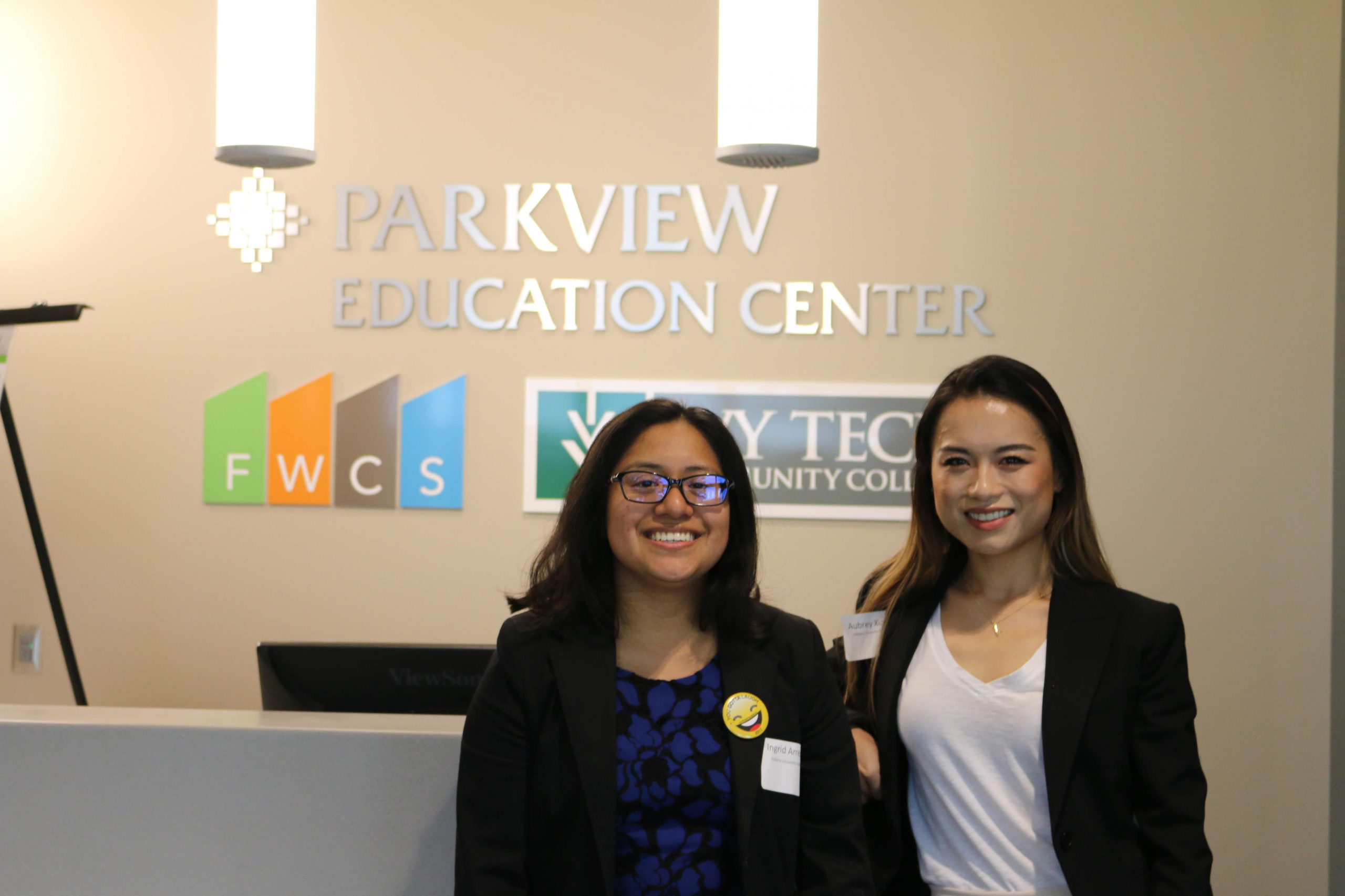Unlocking Data to Deliver Infant Mortality Solutions
 “We both had preconceptions
“We both had preconceptions
Subscriber Benefit
As a subscriber you can listen to articles at work, in the car, or while you work out. Subscribe NowA battle plan—with data as the driving force—is being created in Fort Wayne to combat Indiana’s high infant mortality rate, the seventh highest in the country. Governor Eric Holcomb named Allen County among 20 “high priority” counties to launch OB Navigator, a statewide initiative to build better health for Hoosier mothers and babies. Experts believe health and related data could be the key—providing new insights that give birth to better strategies to protect babies. A series of events in Fort Wayne is positioning the city as a nerve center to translate data into solutions.
Parkview Health in Fort Wayne recently hosted the Healthy Mom + Baby Datapalooza competition, a data visualization and analytics challenge for student and professional teams; it’s the first of three events that culminates with a pitch competition. Organizers gave teams 45 data sets focused on infant and maternal health data for both the U.S. and Indiana.
“An event like this raises a crop of new questions; you’re able to see and slice data in ways you weren’t able to previously,” says Matt Kirby, senior consultant at KSM Consulting, one of the event’s coordinators. “That always leads to new and better questions: why does one factor have an impact in one county, where it may not in another county? We’re able to understand this challenge on a much better county-by-county and community-by-community basis, whereas previously, that was a challenge.”
Ingrid Arreola and Aubrey Xiong claimed top prize in the professional category for their interactive visualization tool that tells “a data story about infant mortality,” using Tableau software. The tool’s dashboard allows the user to drill down to detailed Indiana data; the team says even novices can navigate their visuals, including a county-by-county heatmap of the state that can be filtered by various data points, such as the mother’s race, if the baby was born pre-term or affected by maternal drug use.
The team says the tool revealed that racial disparity is one of the biggest challenges in infant mortality. Analyzing the data uncovered interesting correlations, such as Caucasian mothers having the highest rate of maternal drug use, but one of the lowest rates of infant mortality. Arreola notes, “What was consistent throughout every different approach we took was the importance of social determinants of health.”
Arreola says these are factors that “impact how healthy a woman can be,” such as transportation options, socioeconomic conditions and a person’s availability of resources to meet daily needs, including educational and job opportunities.
“We both had preconceptions,” says Arreola, “and I think the really cool thing about our visualization and our dashboard is that it challenges biases that we might have when we initially think about what might lead to higher rates of infant mortality.”
Xiong says the dashboard can show the private sector what specific counties need new clinics or guide the creation of care programs for specific social groups. In the public domain, she believes the tool could help “combat biases and help [organizations] look through a clearer lens about how we want to start to fight this infant mortality issue.”
The competition’s focus on mothers provided a related perspective for the all-female team. While Xiong and Arreola believe women are still a minority in STEM careers, they say females comprised about half—perhaps even the majority—of competitors.
“Maternal health is a woman’s subject. I think historically, in government and a lot of spaces, we let men tell our story,” says Xiong. “We can admit that we all have our strengths when it comes to what we offer –different people and different genders. As women, we can look at a topic with a different lens. We have our intuition and search for some different things; I’m not saying this as rule, but generally speaking. I think it’s important for us to represent women in telling a woman’s story.”
Event leaders say there are ongoing conversations among the winning teams and stakeholders at the datapalooza, including the Indiana FSSA, Indiana State Department of Health, Regenstrief Institute and Management Performance Hub (MPH). The competition is expected to provide improved data tools for the Governor’s OB Navigator program, says Ethel Massing, president of the Indiana chapter of the Healthcare Information and Management Systems Society.
“I think all of the state organizations were really impressed by the presentations, and we’re all really excited about where this goes next,” says Massing. “It doesn’t end with that day.”
Arreola says they’re introducing their visualization tool to c-suite executives at a major Indiana health system.
Kirby says the data-focused event was the first of three that culminate with a pitch competition to move a product or service to the market to “actually change the outcomes and level of care that women and infants are receiving.”
